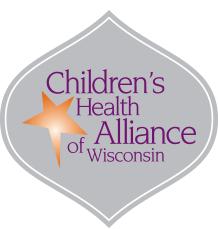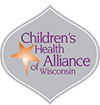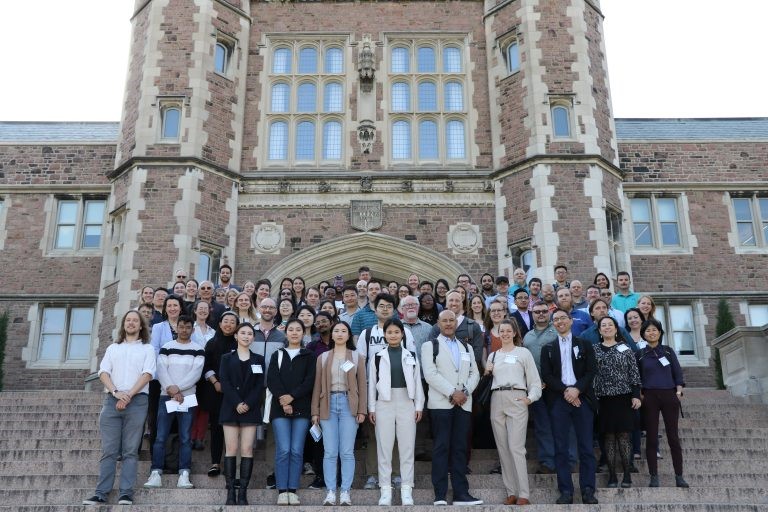Written by Carissa Hoium
At Children’s Health Alliance of Wisconsin (the Alliance), we are passionate about working with a wide range of partners. However, I will be honest; NASA never once crossed my mind as a partner for public health work. When the opportunity to attend a meeting to talk to NASA scientists about air quality’s effect on health arose, we were over the moon!
NASA and the Alliance meet in St. Louis
The NASA Health and Air Quality Applied Sciences Team (HAQAST) meeting was held in St. Louis, MO on April 18-19 at the Knight Center, on the beautiful Washington University Campus. Led by Dr. Tracey Holloway of UW-Madison, this team of 14 principal investigators and over 70 collaborating investigators works to connect NASA satellite data with health and air quality stakeholders for the public’s benefit. The team’s mission is, “to bring the power of NASA science down to earth and deliver it into your hands.”
The HAQAST meeting provided the perfect opportunity to discuss a variety of items including: research, priorities, insights and discoveries related to environmental justice, new NASA missions, climate change and heat, health impacts of air pollution and more. Attendees were able to share updates on their work, network with others and engage in powerful discussions. Erika Kluetmeier, the environmental health communications strategist for the Department of Health Services (DHS) and I presented as part of a panel during a session titled, “Health Impact Assessment for Prescribed Fires and Air Pollution.” We shared the results of the air quality monitoring and anti-idling pilot project we completed in 2022 with two elementary schools in Milwaukee. We were also able to share our plans for the work that will take place over the next three years thanks to the $500,000 award we received from the Environmental Protection Agency (EPA) for community air monitoring in Milwaukee.
Continued collaboration with NASA and local air quality monitoring
We are incredibly grateful to have been connected to this wonderful group of individuals as we begin our local air quality monitoring work in the Milwaukee area. NASA’s passion for connecting people and using NASA data to solve air quality problems is contagious and we look forward to continuing this partnership. You can learn more about the HAQAST Missouri meeting here and I encourage you to visit our website to learn more about our air quality work!
![]()
Program Leader – Environmental Health


